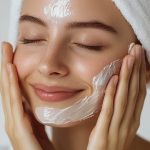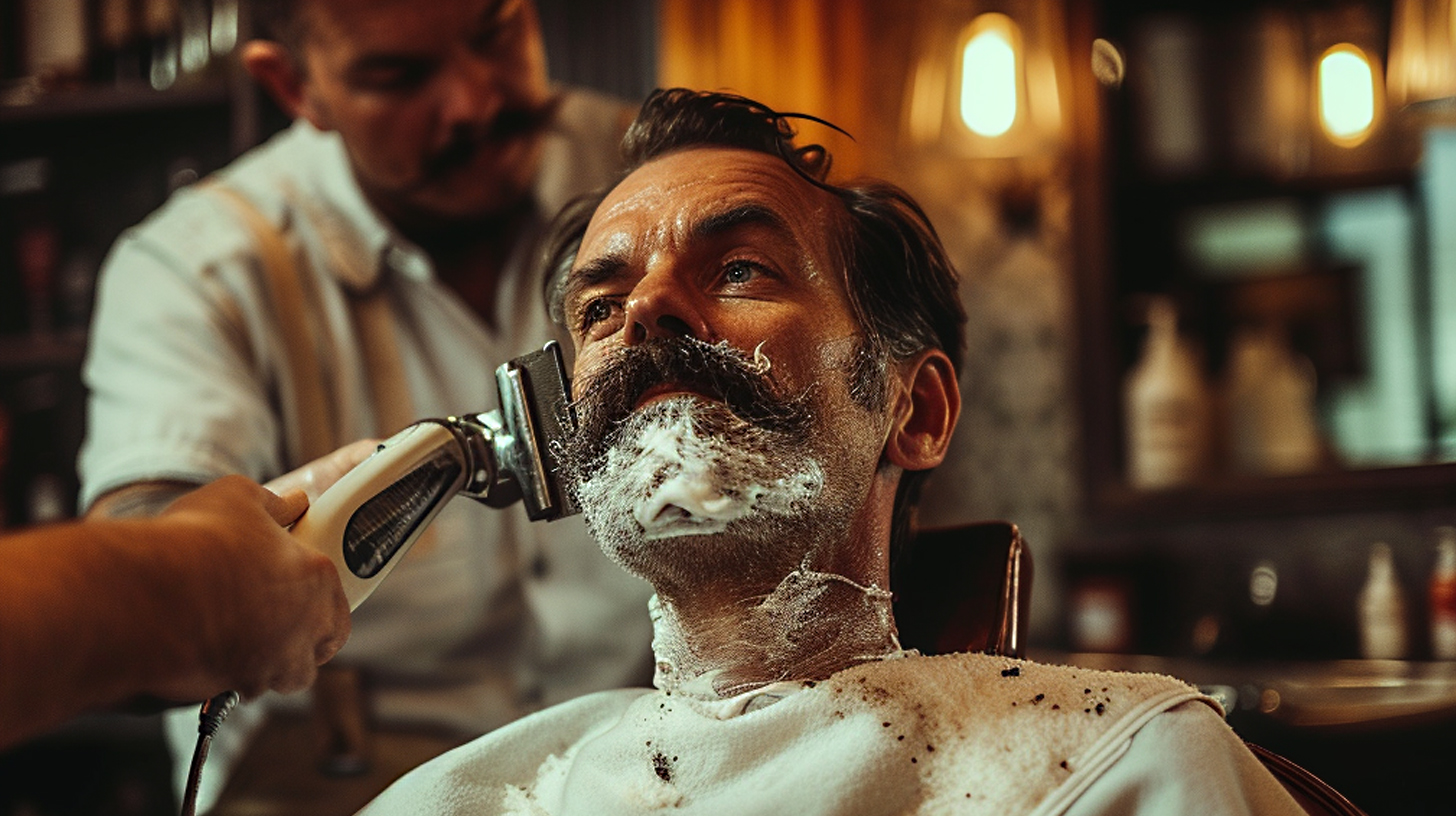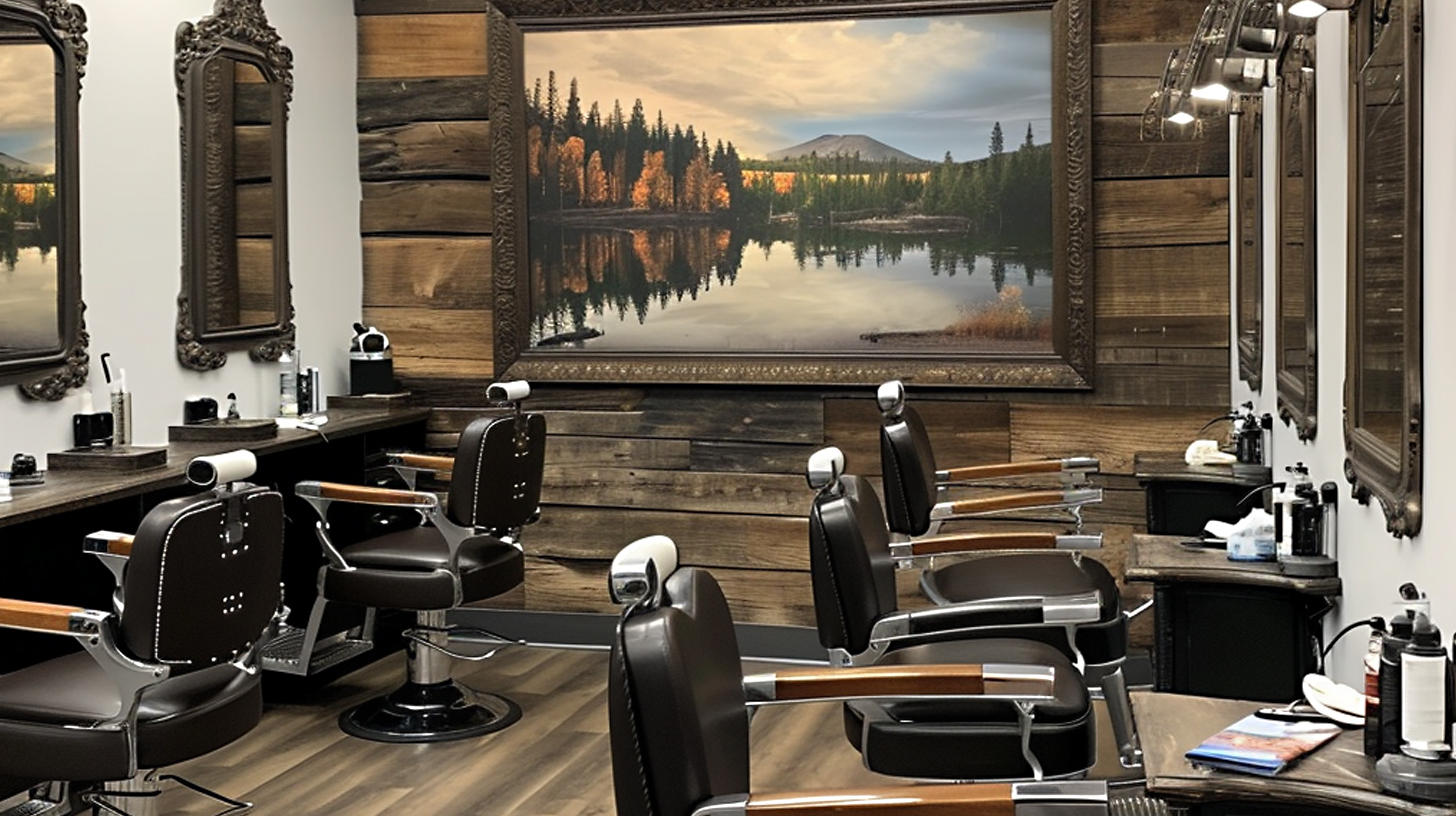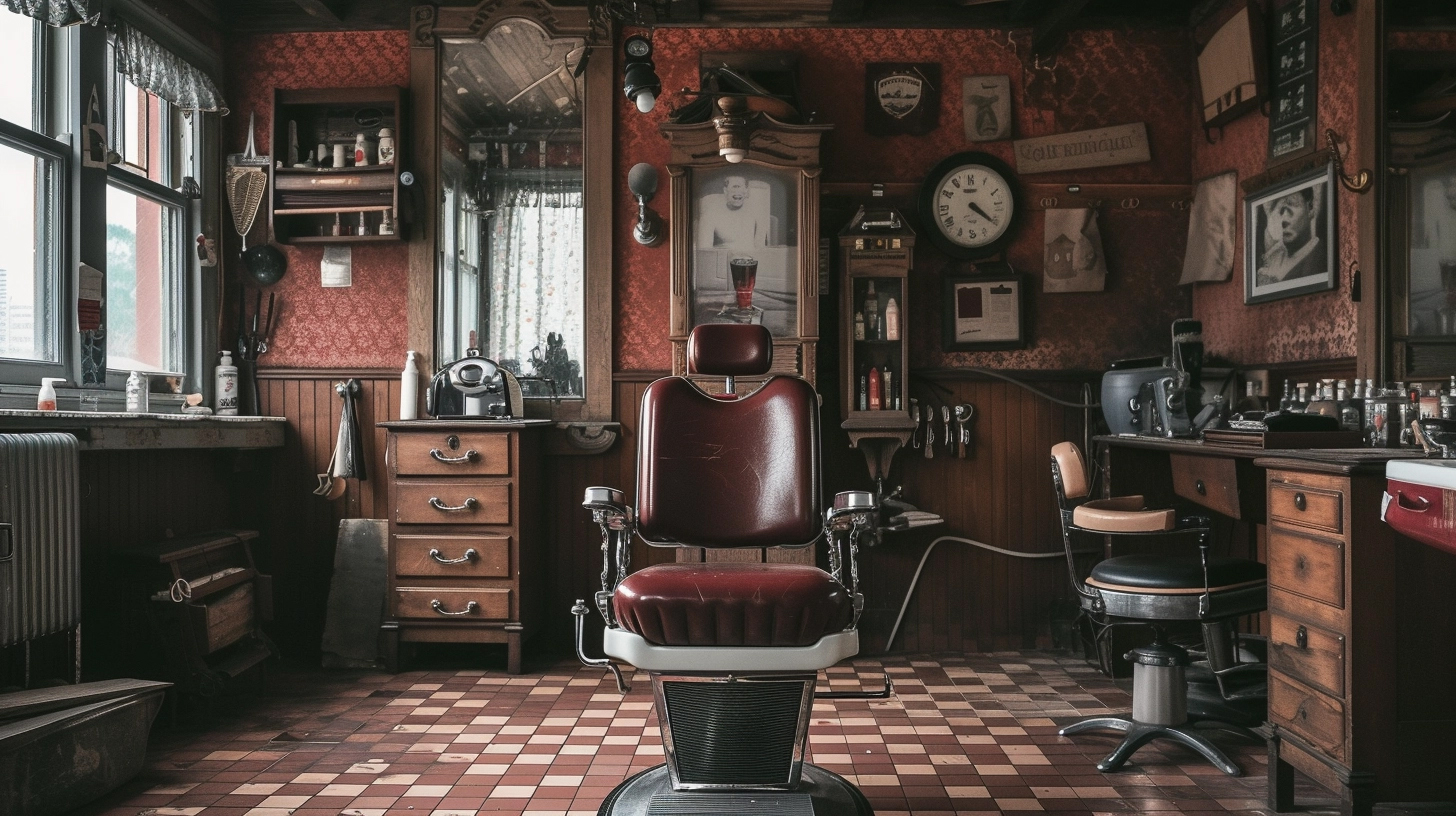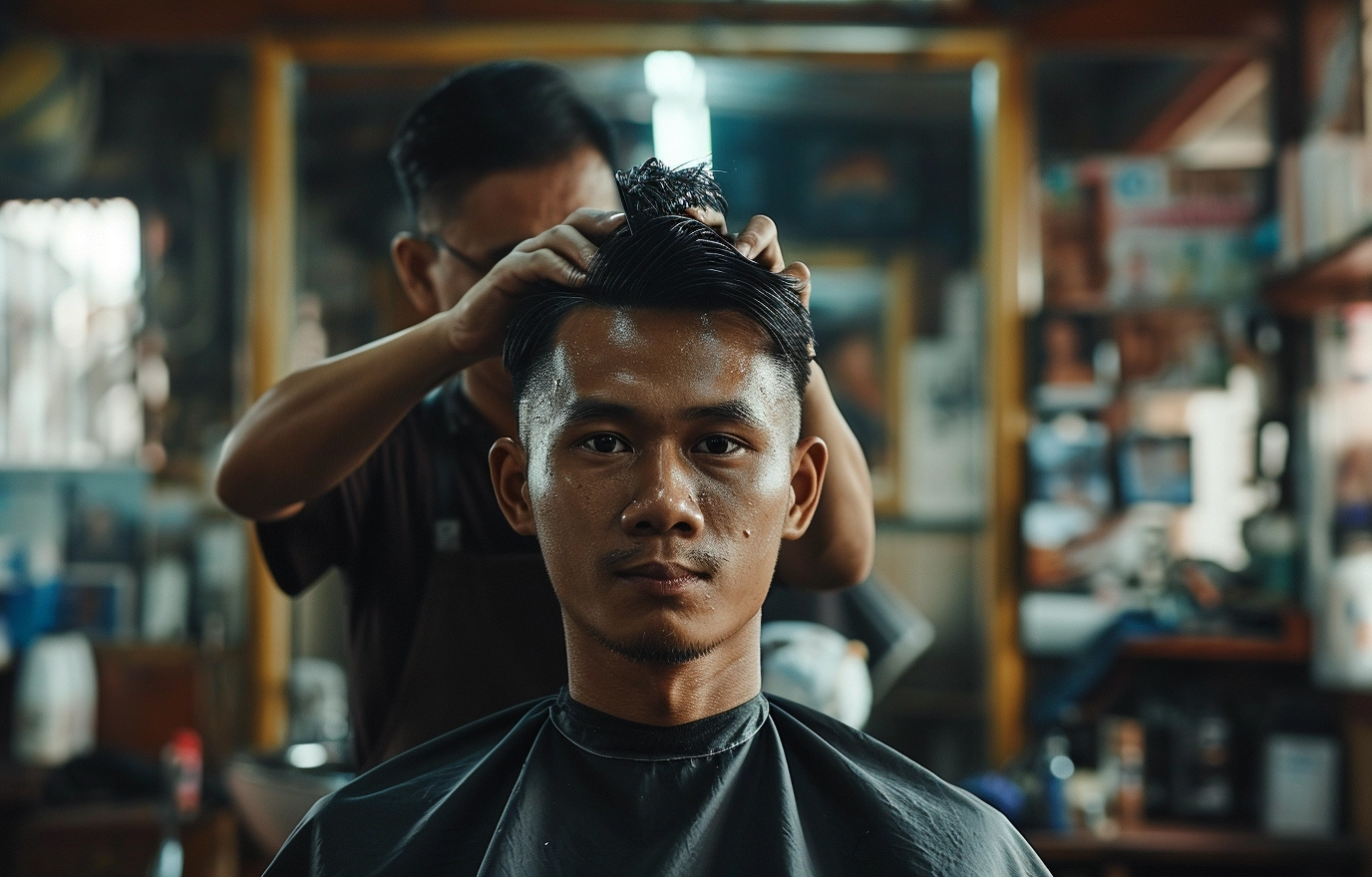Effective communication with your barber is a cornerstone of achieving the perfect haircut. A thorough consultation before your trim can make the difference between leaving the salon feeling confident or disappointed. By clearly expressing your desires and listening to your barber’s professional advice, you create a collaborative environment that leads to better results.
During the haircut consultation, it’s essential to discuss your hair goals, lifestyle, and any concerns you may have. This exchange allows your barber to understand your expectations and offer tailored suggestions based on your hair type, face shape, and personal style. Additionally, open communication helps build a strong stylist-client relationship, ensuring consistency in future visits.
Don’t hesitate to bring reference photos or describe specific techniques you’d like your barber to use. Equally important is being receptive to their expertise; they may offer valuable insights on maintenance or styling tips that can enhance your overall look. Remember, the importance of barber communication extends beyond the chair – it’s an ongoing dialogue that can significantly improve your grooming experience and satisfaction with your appearance.
Question 1: What Hairstyle Would Suit My Face Shape?
Understanding your face shape is crucial when selecting a hairstyle that enhances your natural features. To determine your face shape, analyze the width of your forehead, cheekbones, and jawline, as well as the length of your face. Common face shapes include oval, round, square, heart, diamond, and oblong.
For oval faces, most hairstyles work well due to balanced proportions. Round faces benefit from styles that add height and angles, such as long layers or side-swept bangs. Square faces are complemented by softer styles that minimize sharp angles, like textured bobs or side parts. Heart-shaped faces look great with chin-length cuts or side-swept bangs to balance a wider forehead. Diamond faces suit styles that add width at the jawline, such as chin-length bobs or long, layered cuts. Oblong faces benefit from styles that create width, like blunt bangs or shoulder-length cuts with volume.
When choosing a hairstyle, consider not only your face shape but also your hair texture, lifestyle, and personal preferences. Consulting with a professional stylist can provide personalized recommendations tailored to your unique features and needs.
Question 2: How Should I Maintain This Hairstyle Between Cuts?
Maintaining your new hairstyle between salon visits is crucial for keeping your look fresh and polished. Here are some essential hair maintenance tips to help you achieve salon-quality results at home:
First, invest in quality hair care products recommended by your stylist. These may include sulfate-free shampoos, hydrating conditioners, and leave-in treatments tailored to your hair type. Using the right products will help preserve your hair’s health and maintain its style.
Regular at-home styling is key to keeping your cut looking its best. Depending on your hairstyle, this might involve blow-drying with a round brush for volume, using a flat iron for sleekness, or applying curl-enhancing products for defined waves. Don’t forget to use a heat protectant when styling with hot tools.
To extend the life of your cut, consider incorporating dry shampoo into your routine. This can help absorb excess oil and add texture, allowing you to go longer between washes and maintaining your style’s shape.
Lastly, protect your hair while you sleep by using a silk or satin pillowcase. This reduces friction and helps prevent frizz and breakage, ensuring your hairstyle stays intact for longer periods.
By following these maintenance tips and using recommended hair products, you can keep your new hairstyle looking fresh and vibrant until your next salon appointment.
Question 3: Can You Explain the Cutting Technique You’re Using?
Understanding the cutting technique your barber employs is crucial for effective communication and achieving your desired hairstyle. Barbering techniques are diverse and each serves a specific purpose in shaping and texturizing hair.
Common hair cutting methods include:
- Point cutting: Creates soft, textured edges by cutting into the hair at an angle.
- Scissor-over-comb: Ideal for short haircuts and blending, using scissors over a comb to remove bulk.
- Clipper cutting: Utilizes electric clippers for precise, even cuts, often used in fades and buzz cuts.
- Razor cutting: Employs a straight razor to create softer, more textured edges.
- Slide cutting: Involves sliding scissors down the hair shaft to remove weight and add movement.
By understanding these techniques, you can better articulate your preferences and comprehend your barber’s approach. This knowledge empowers you to actively participate in your haircut process, ensuring the final result aligns with your expectations. Don’t hesitate to ask your barber about the specific methods they’re using – most professionals appreciate clients who take an interest in the craft.
Question 4: How Often Should I Come Back for a Trim?
The frequency of your haircuts depends on several factors, including your hair type, style, and growth rate. Generally, to maintain optimal hair health and style, it’s recommended to schedule regular trims every 6-8 weeks. This timeframe allows for addressing split ends and maintaining the shape of your cut before it grows out significantly.
For those with shorter hairstyles or faster-growing hair, more frequent visits (every 4-6 weeks) may be necessary to keep the style looking sharp. On the other hand, individuals with longer hair or slower growth patterns might extend their appointments to every 8-12 weeks.
Regular trims are crucial for maintaining hair health, as they prevent split ends from traveling up the hair shaft and causing more damage. Additionally, consistent appointments help you maintain your desired style and make it easier for your stylist to work with your hair.
Remember that these are general guidelines, and your stylist can provide personalized recommendations based on your specific hair type, condition, and styling preferences. By establishing a regular trimming schedule, you’ll ensure that your hair remains healthy, manageable, and stylish between visits.
Question 5: What Products Do You Recommend for My Hair Type?
Understanding your hair type is crucial when selecting the right products for your locks. Different hair textures and conditions require specific care, so it’s essential to choose products tailored to your needs. For fine hair, volumizing shampoos and lightweight conditioners can add body without weighing hair down. Those with thick, coarse hair may benefit from moisturizing and smoothing products to tame frizz and add shine. Curly hair often requires extra hydration, so look for deeply nourishing conditioners and leave-in treatments.
When it comes to styling aids, consider your desired look and hair texture. Mousses and root lifters work well for adding volume to fine hair, while creams and oils can help define and moisturize curls. For those with straight hair seeking texture, sea salt sprays can create beachy waves. Hair type-specific products, such as anti-frizz serums for humid climates or color-protecting formulas for dyed hair, can address particular concerns.
Remember, finding the perfect hair care routine often involves some trial and error. Don’t hesitate to ask your stylist for personalized recommendations based on your hair type and styling goals. They can suggest professional-grade products that may work best for your unique hair needs.
How These Questions Can Transform Your Barbershop Experience
Effective communication with your barber is key to achieving the perfect haircut. By asking the right questions, you can significantly enhance your barbershop experience and ensure you leave with a style that suits you best. Start by discussing your hair type, texture, and any specific concerns you may have. This information helps your barber tailor their approach to your unique needs.
Next, inquire about personalized haircut recommendations based on your face shape and lifestyle. A skilled barber can suggest styles that complement your features and fit seamlessly into your daily routine. Don’t hesitate to ask about maintenance requirements for different cuts, as this can influence your decision and help you manage your new look effectively.
Finally, consider discussing a long-term hair care strategy with your barber. They can provide valuable insights on products, styling techniques, and how often you should schedule appointments to maintain your desired look. By engaging in these conversations, you’ll not only improve your current haircut but also develop a lasting relationship with your barber, ensuring consistently great results with each visit.
Empower Yourself for Better Haircuts
Taking control of your haircut experience can lead to more satisfying results and increased confidence. By understanding your face shape, hair type, and personal style preferences, you can better communicate your desires to your stylist. Don’t be afraid to bring reference photos or ask questions during your appointment. Remember that a good haircut is a collaborative effort between you and your stylist.
Regular maintenance and proper hair care between salon visits will help your haircut look its best for longer. Invest in quality hair products suitable for your hair type and learn simple styling techniques to recreate that fresh-from-the-salon look at home.
Lastly, don’t be discouraged if you don’t achieve your dream haircut on the first try. Hair grows back, and each experience is an opportunity to learn more about what works best for you. With patience, clear communication, and a willingness to experiment, you’ll be well on your way to consistently great haircuts that enhance your natural features and boost your self-esteem.



